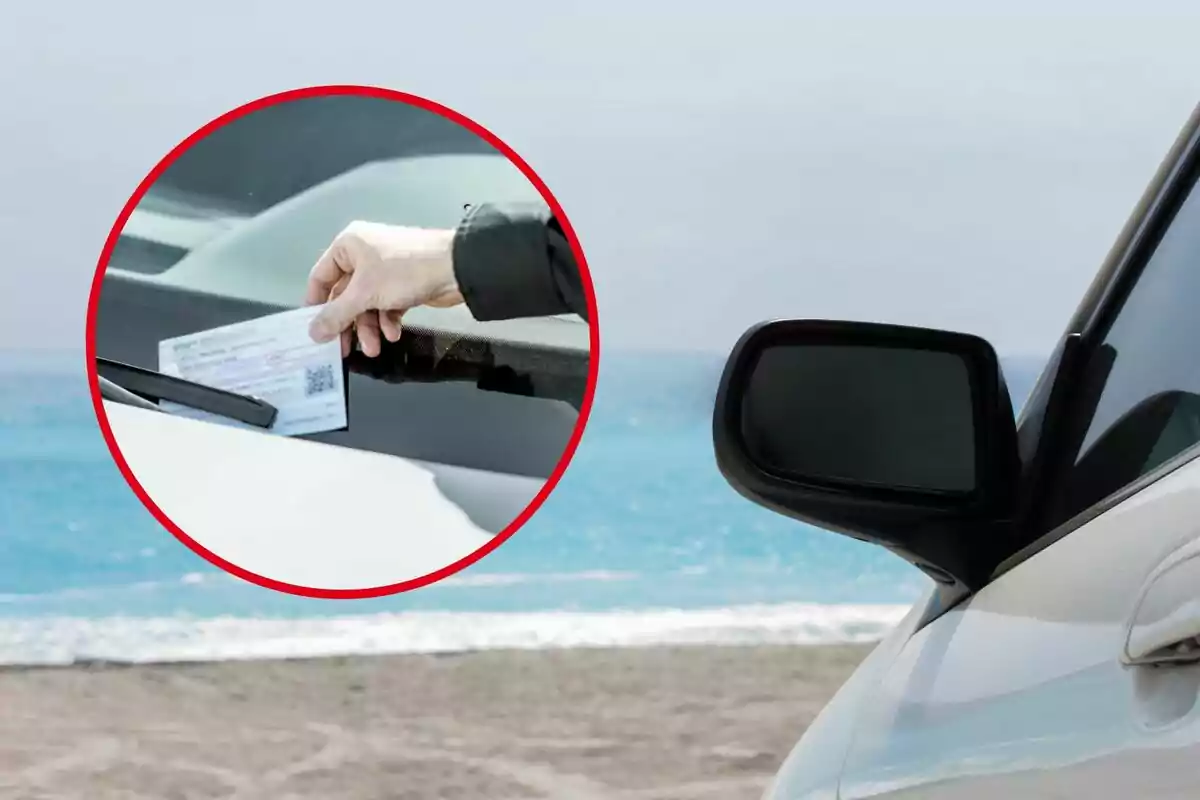Driving in building zones will quickly cease relying completely on drivers’ common sense. In the USA, a brand new automated measure is about to vary the foundations. As soon as once more, authorities are in search of to curb a worrying upward development in street accidents.
The DMV and the Colorado Division of Transportation have determined to take motion. On a freeway close to Boulder, a technological system might be applied to determine violations. The aim is not to punish, however to guard lives in high-risk areas.
|
The brand new automated management cameras go into motion
Beginning July 21, drivers who exceed the velocity restrict in a selected zone will obtain a warning. Cameras put in on Freeway 119 will start detecting speeds not less than 10 mph over the restrict. For now, penalties might be restricted to a warning letter despatched to the proprietor’s residence.
Nonetheless, this warning might be simply step one. By fall, the units will start issuing automated fines of $75 per violating automobile. The monitored space covers a 6.2 mi. (10 km) stretch between Boulder and Longmont and, in response to CDOT, this resolution responds to an alarming improve in accidents. In 2023, 31 folks died in building zone accidents in Colorado, which is nearly double the earlier yr.
“Work zones are high-risk areas with slim and altering lanes,” stated Keith Stefanik. The CDOT chief engineer emphasised that “this program is about defending lives, not punishing.” Visitors circumstances in these environments make dashing particularly harmful.

|
Related measures in different states already generate controversy
The rise in surveillance is not restricted to Colorado. In California, a brand new regulation has triggered greater than half 1,000,000 {dollars} in fines in simply three months. That is regulation AB 413, generally known as the “pure lighting” rule. This measure prohibits parking lower than 20 ft. (6 m) from the beginning of any crosswalk, whether or not marked or not.
Its aim is to enhance pedestrian visibility and stop run-overs, particularly for folks with visible disabilities. In San Diego, enforcement started in March and has resulted in 1000’s of fines. Between March and Might, greater than 6,400 tickets had been issued, totaling about $660,000. Projections point out that this determine may double by the top of the yr.
Residents of neighborhoods like North Park report difficulties parking for the reason that regulation was applied. Computerized fines have created rigidity between residents and authorities. Even so, authorities insist that pedestrian security is a precedence.


























 Arsenal
Arsenal















































